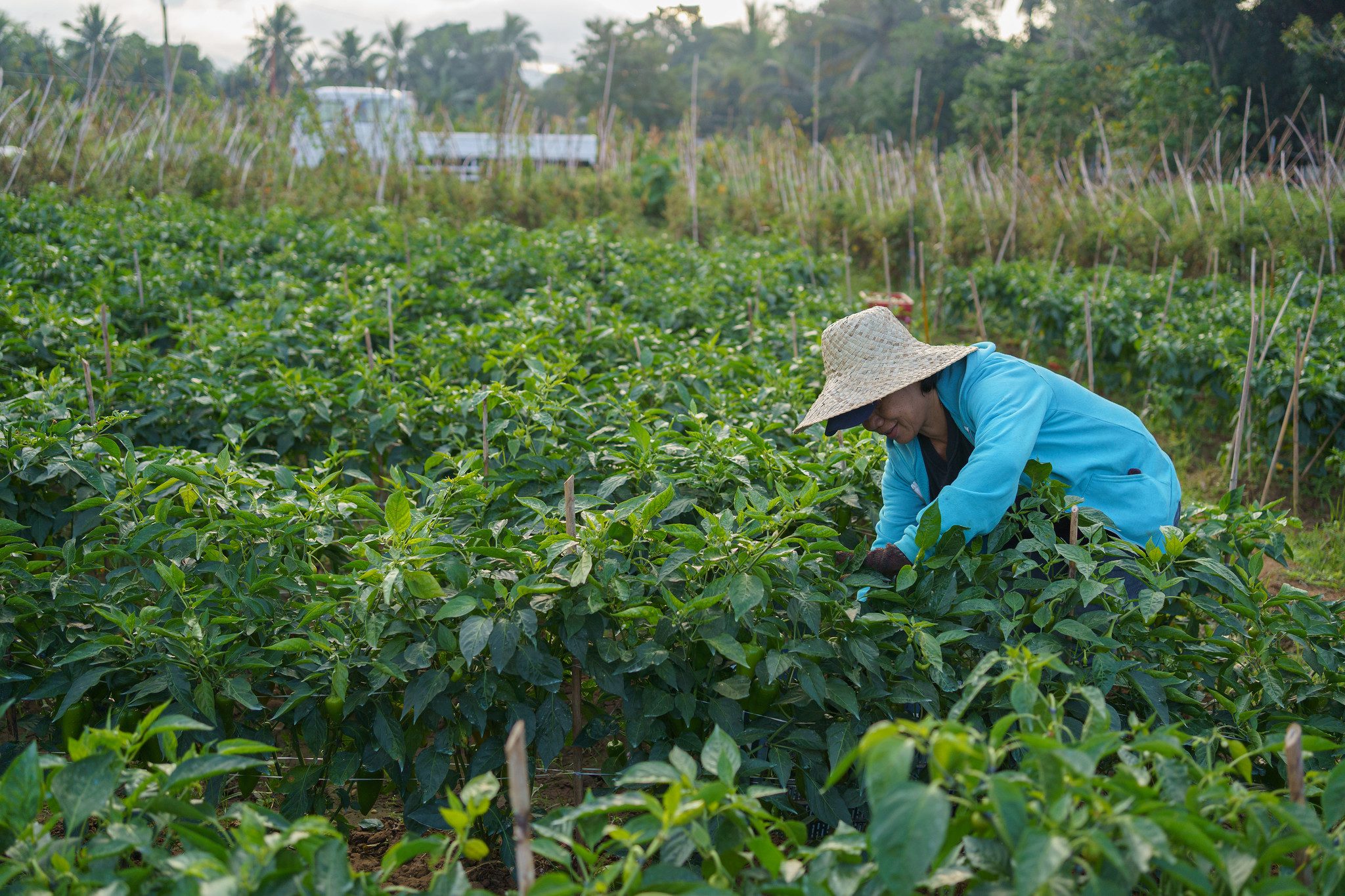
Approximately one-third of food is lost or wasted along the supply chain according to estimates by the UN Food and Agriculture Organization (FAO) and UN Environment Program (UNEP). Not only is this an unconscionable fact when almost 735 million people across the globe face hunger, but this wasted food is often sent to landfills where it decomposes and releases greenhouse gases, contributing to climate change. In fact, 8-10 percent of all greenhouse gas emission are caused by food loss and waste.
Food insecurity. Food loss and waste. Climate change. All the results of a broken food system. Food banks are part of the solution to break this cycle.
A hallmark of the food banking model is the recovery of wholesome, surplus food and redirection to those who need it. This makes food banking an environmental intervention, and it also makes it highly cost-effective, since the majority of products are procured for little to no cost.
Food banks partner with farmers, packers, shippers, distributors, processors, grocers, food service, and transportation and supply chain companies to redirect wholesome food to people experiencing hunger. Not all surplus food is fit or appropriate for redistribution, but when unmarketable food is safe and wholesome, redistribution is the responsible course.
The impact of this food redistribution work is staggering. Our research from 2019 by members of the world’s three largest food bank networks (European Food Banks Federation, Feeding America, and GFN) found that, across the globe, food banks:
GFN uses a combination of partnerships, policy recommendations, and strategies to reduce food loss and waste.
LEARN MORE ABOUT THESE PARTNERSHIPS
Food banks are uniquely positioned to address SDG 2, Zero Hunger, and SDG 12, Responsible Consumption and Production, specifically Target 12.3, which calls for halving per capita global food waste at the retail and consumer levels and reducing food losses along production and supply chains, including post-harvest losses, by 2030.
Learn more about how food banks advance actions across the SDGs.
![]()